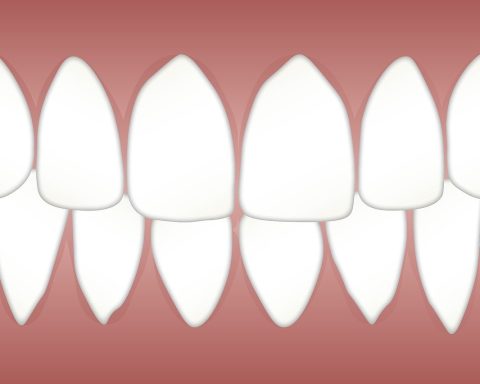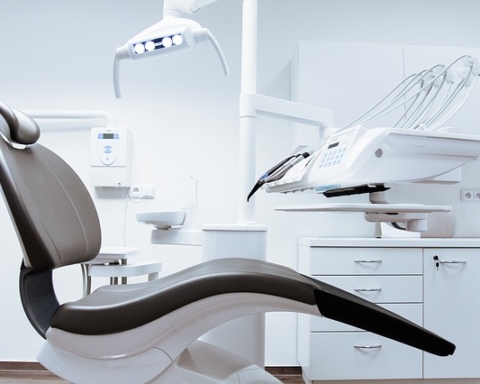Are you some who chronically feels pain around the mandible (lower jaw)? You may have a temporomandibular disorder (TMD). These disorders specifically target the temporomandibular joint or TMJ. Your face has two TMJs, one on each side of your jaw. They’re what links the jawbone to the temporal bone.
The majority of people are unfamiliar with their TMJs, but they use it every day to speak, eat, and breathe. They’re essential joints that help your body function properly. Any pain you may feel in that area can make life difficult to perform everyday oral functions. TMJ pain can be hard to diagnose, but it’s easily treatable when it is recognized. The following details what can cause TMD and ways you can ease your suffering.
A Patient with Temporomandibular Joint or TMJ Disorder
What are the Common Causes of a Temporomandibular Disorder?
One of the reasons that TMJ pain is hard to diagnose is that many factors can attribute to the pain and other pain you may feel. Some of the possible causes of TMD include blows to your jaw due to accidents, cartilage damage caused by arthritis, and disc slips.
Simple At-Home Muscle Exercises
Relieving your jaw pain can be as simple as doing a few at-home muscle exercises. Some common exercises that have been proven to reduce pain include resisted opening, resisted closing, and tongue-to-roof. Here’s how to try them:
- The resisted opening exercise involves opening your mouth slowly, placing your thumb underneath your chin and pushing lightly. You should hold this position for a few seconds before closing your mouth.
- The resisted closing exercise involves placing your thumb below your chin and placing your index finger on the ridge between your chin and lower lip. While closing your mouth, push down lightly with your fingers.
- The tongue-to-roof technique is extremely easy. It involves touching your tongue to the top of your mouth while you are slowly closing and opening it.
TMJ Therapy from a Professional
The most assured way to relieve your TMD symptoms is to seek professional help from a doctor or dentists. Treatments offered by medical professionals, such as the ones offered by the Dentist in Vellore Woods, often target the medial pterygoid muscle and the masseter muscle. Some dental professionals will opt for a treatment that intraorally deals with the problem instead of massaging the area from the outside.
The intraoral method involves tenderly massaging the medial pterygoid muscle from inside the mouth for approximately 30 seconds. The muscle should start to release, and you should feel instant relief. If the discomfort and pain don’t stop, your health professional may also choose to massage and loosen up the muscle that allows your jaw to close, aka the temporalis.
Physical therapy combined with medication can provide the instant relief you’re looking for. Severe cases may also need to undergo surgery; although, this is rarely necessary.
Some dental treatments of TMD involve the use of temporary appliances that separate the teeth and allows all the jaw muscles to relax. Once your muscles relax, your bones will be able to move into the sockets at the base of the skill, aka its natural biological position.
Orthodontic Intervention
If your diagnosis is related to a bite issue, orthodontic treatment, such as braces, may be the solution for you. They can help reduce symptoms while readjusting the alignment. If you choose this type of treatment, you can’t eat certain foods or have specific drinks.
Do You Have a Temporomandibular Disorder?
If you’re someone who experiences pain around your ears or has a sensitive jaw, you may suffer from some form of a TMD. Seek out home treatments or professional help to help relieve your pain.








